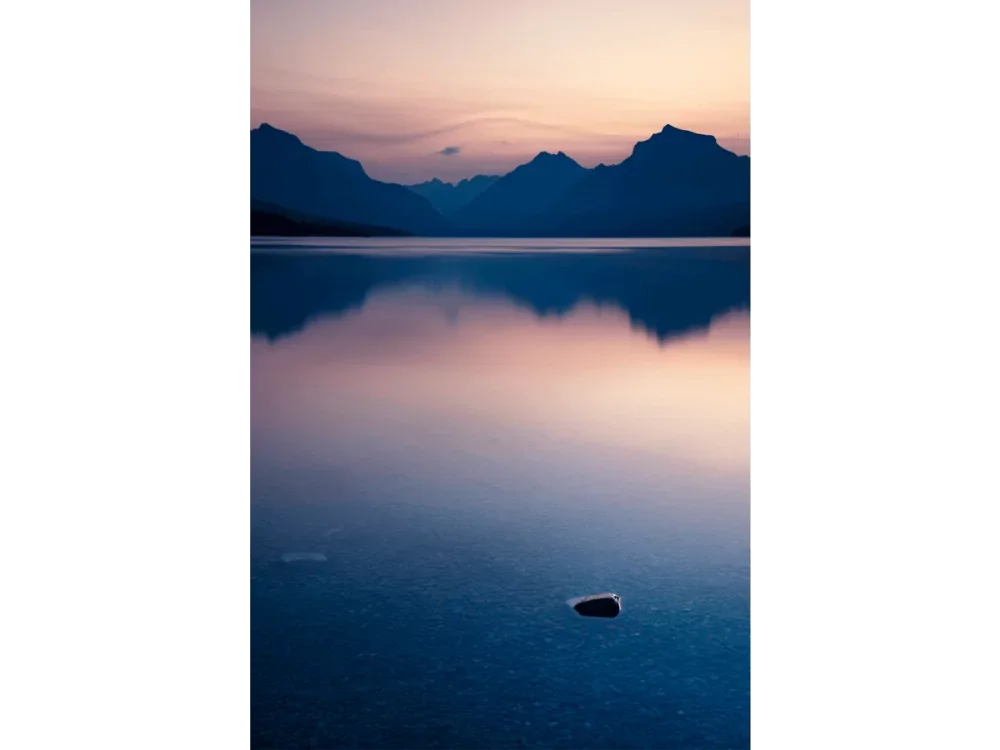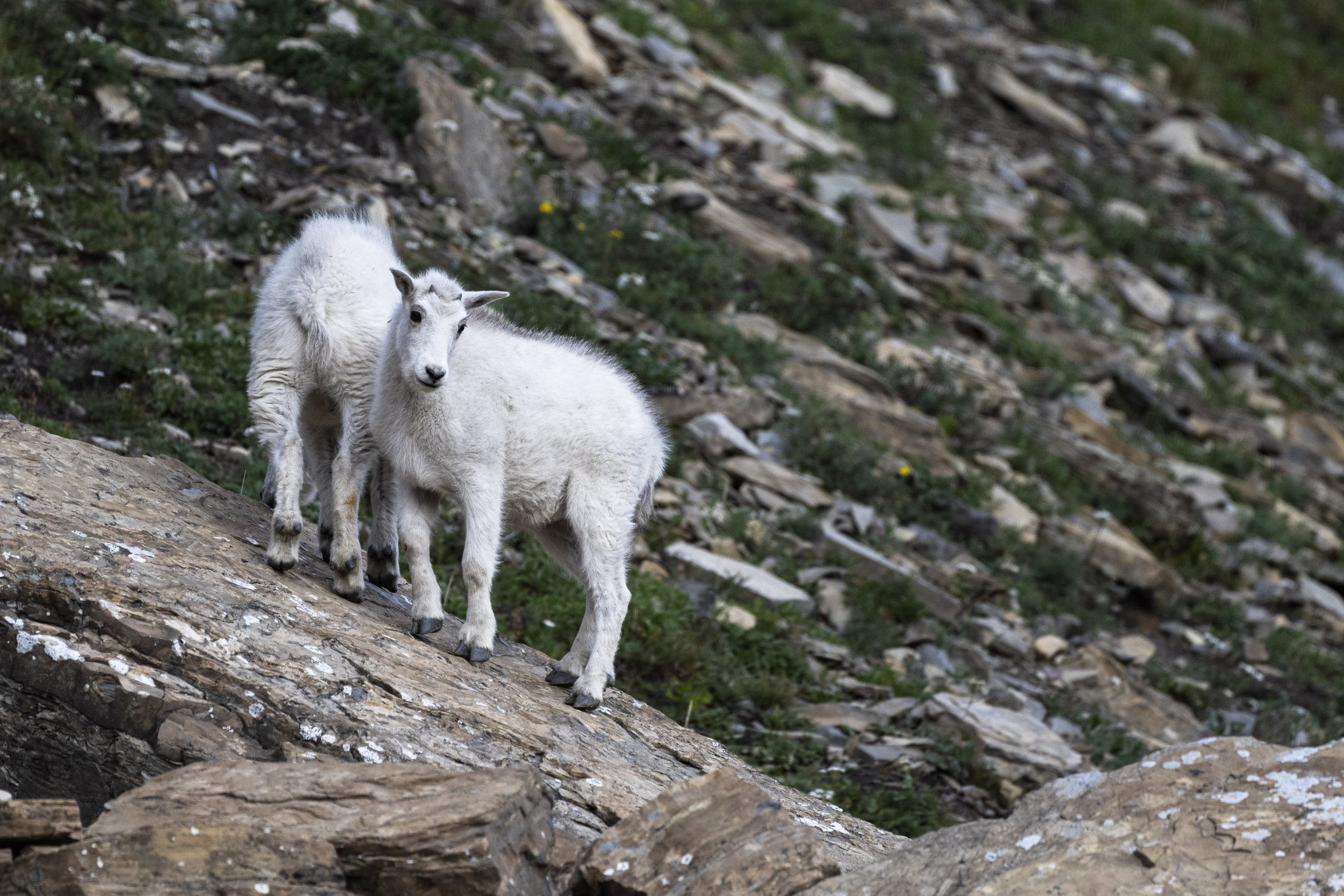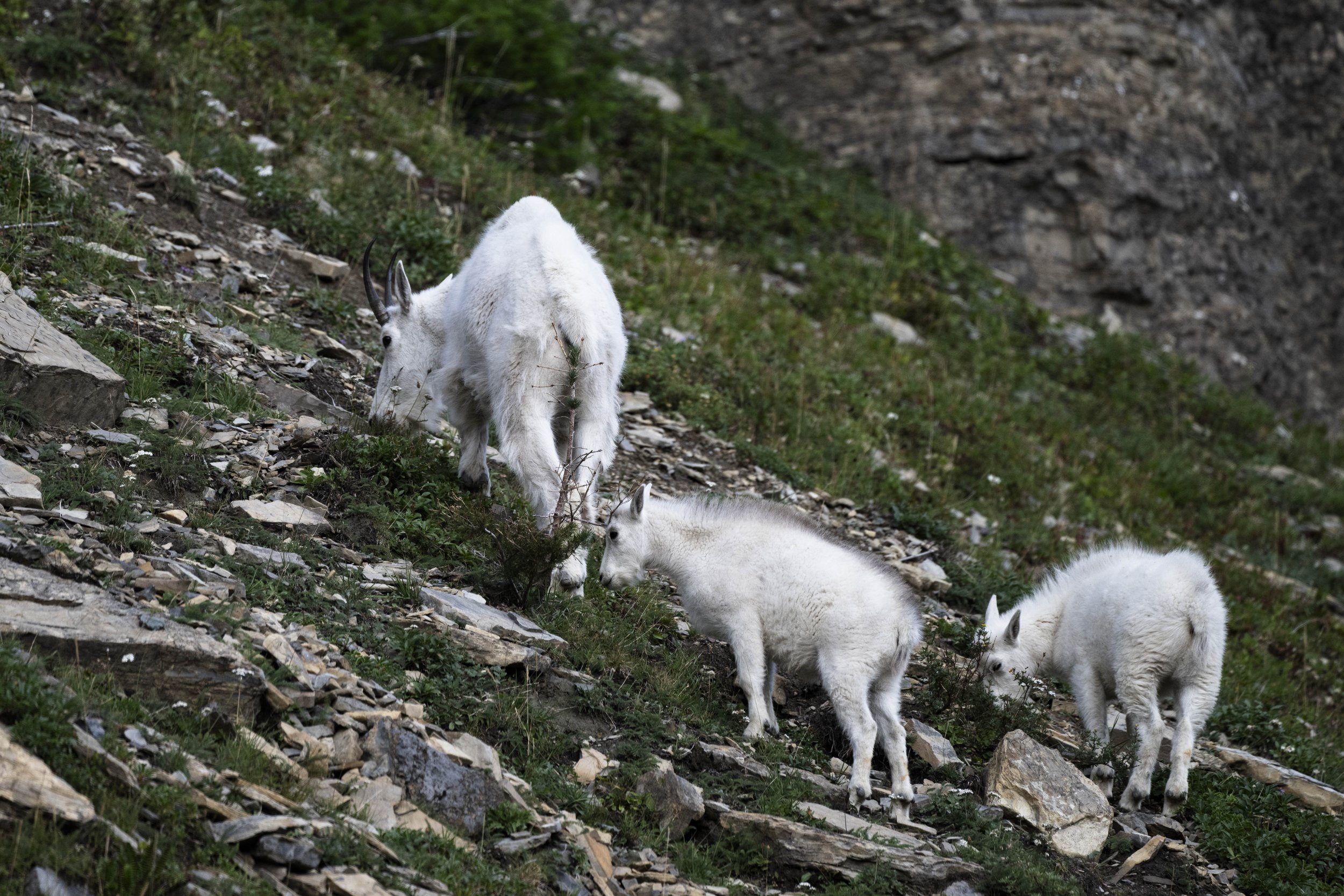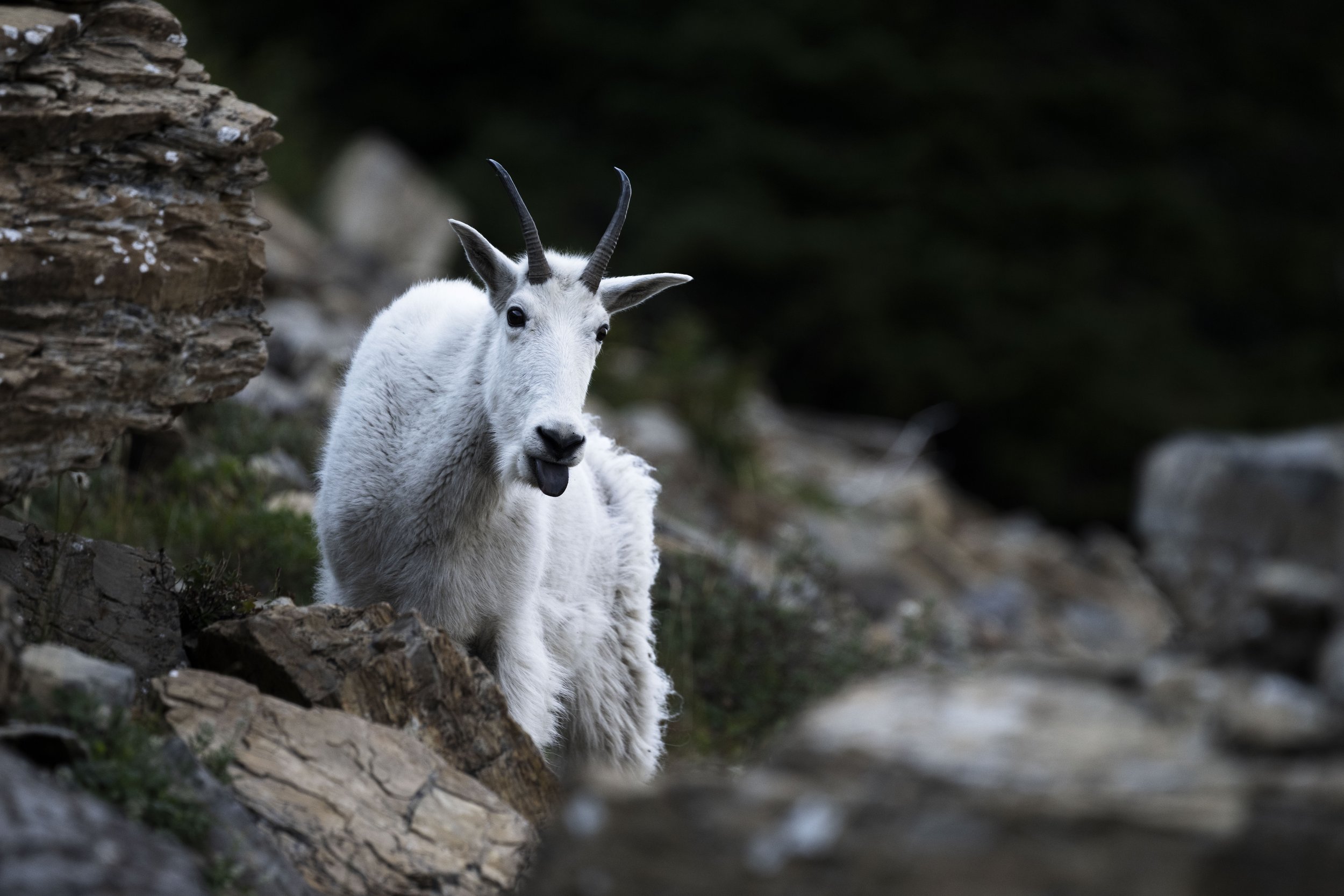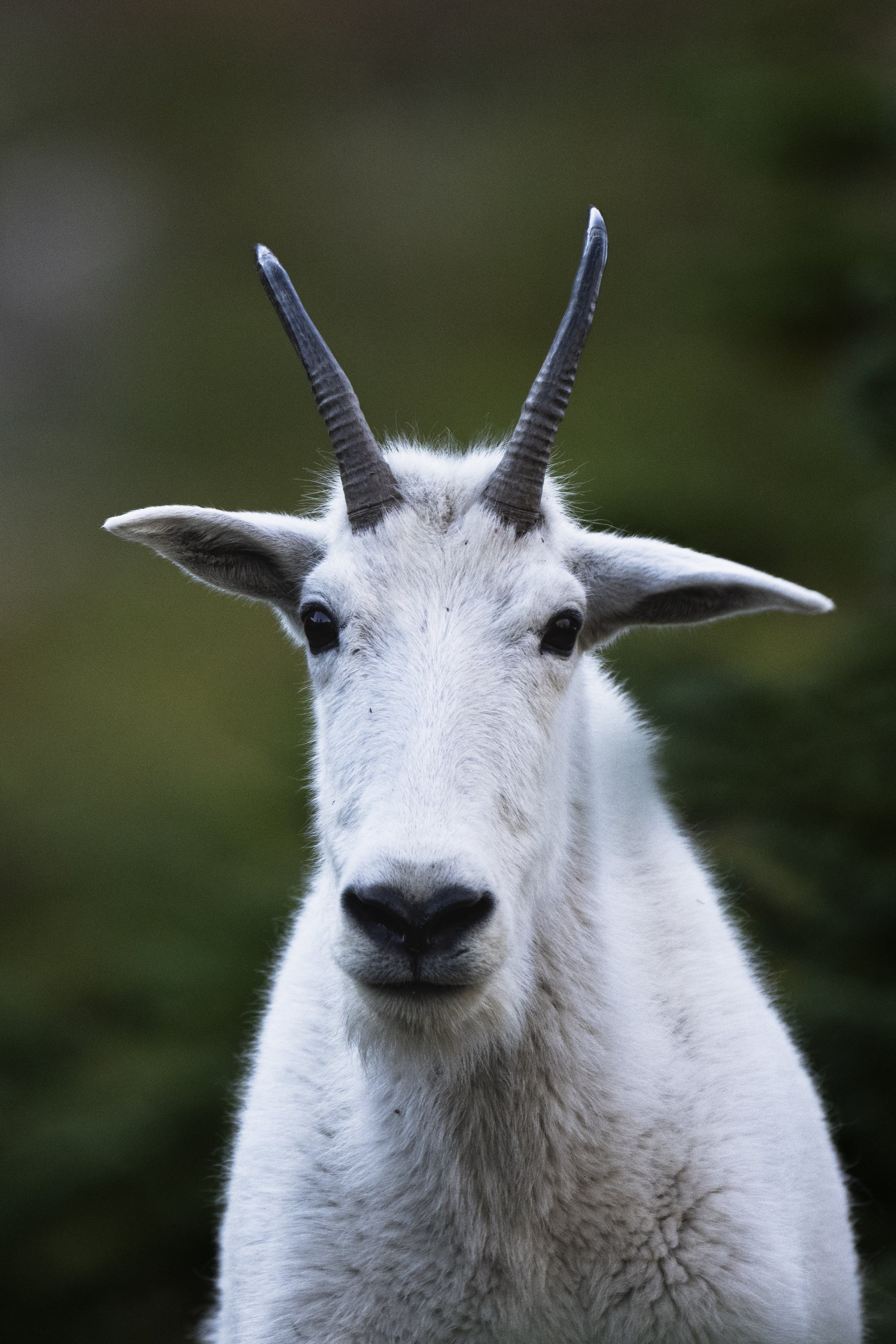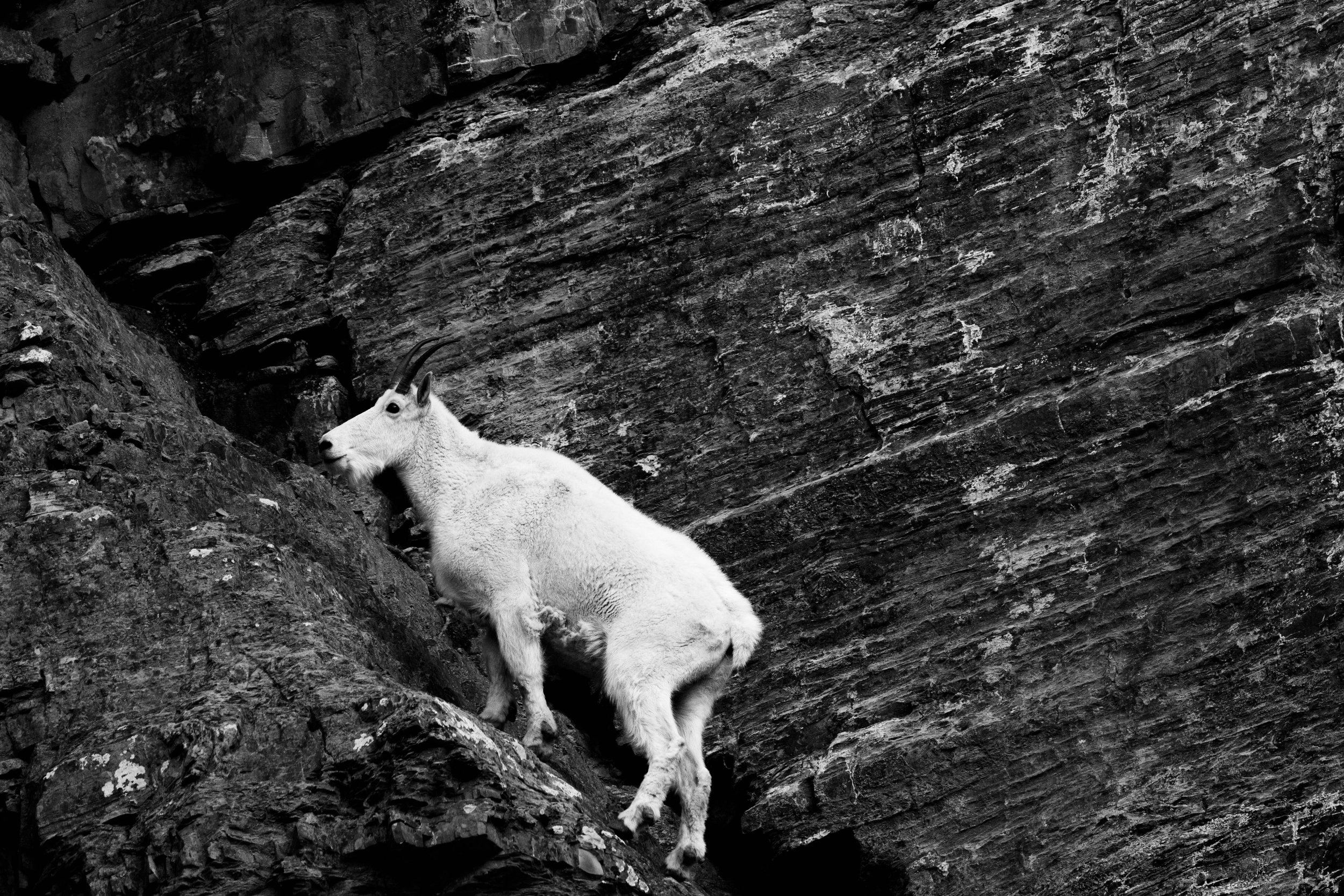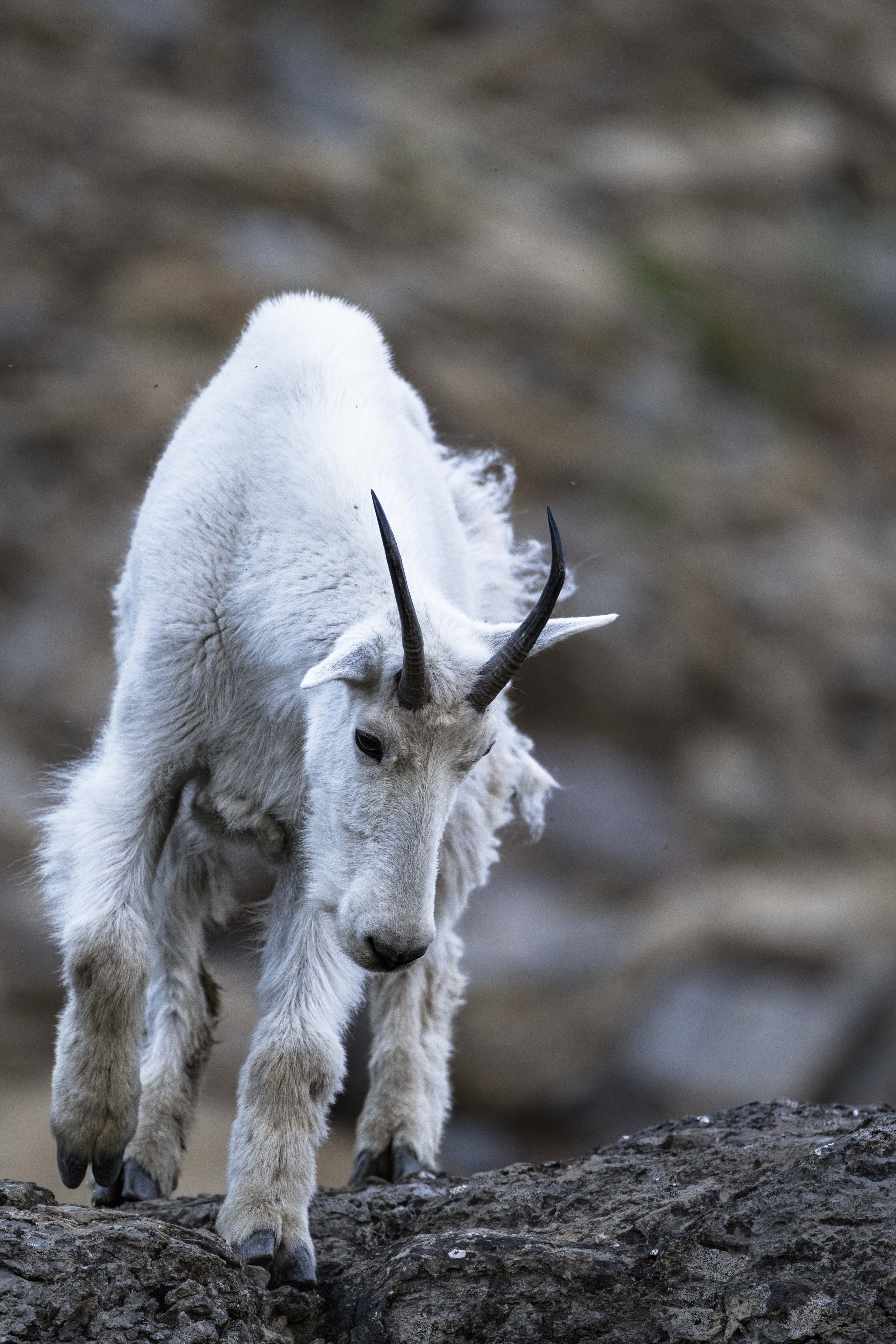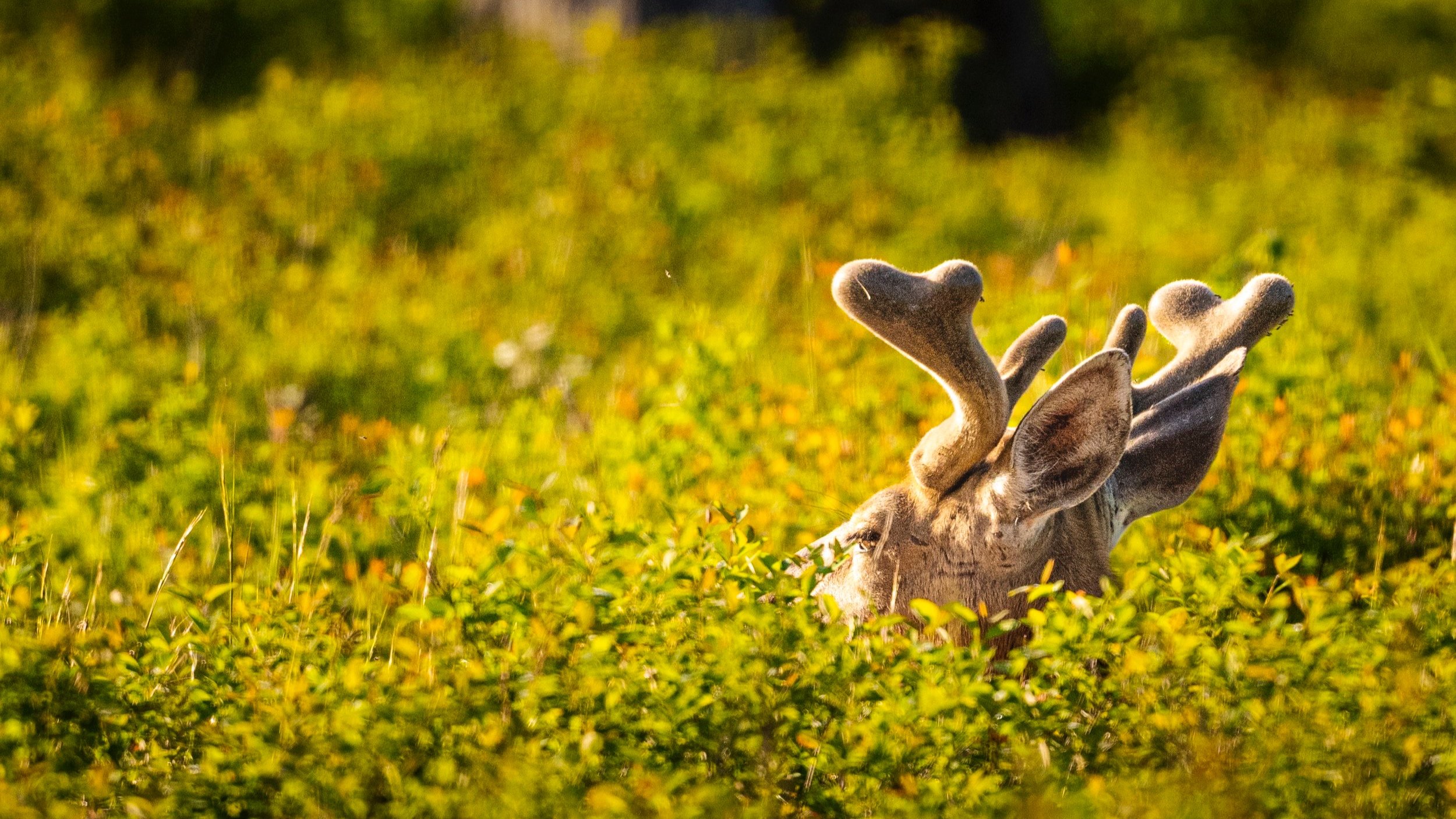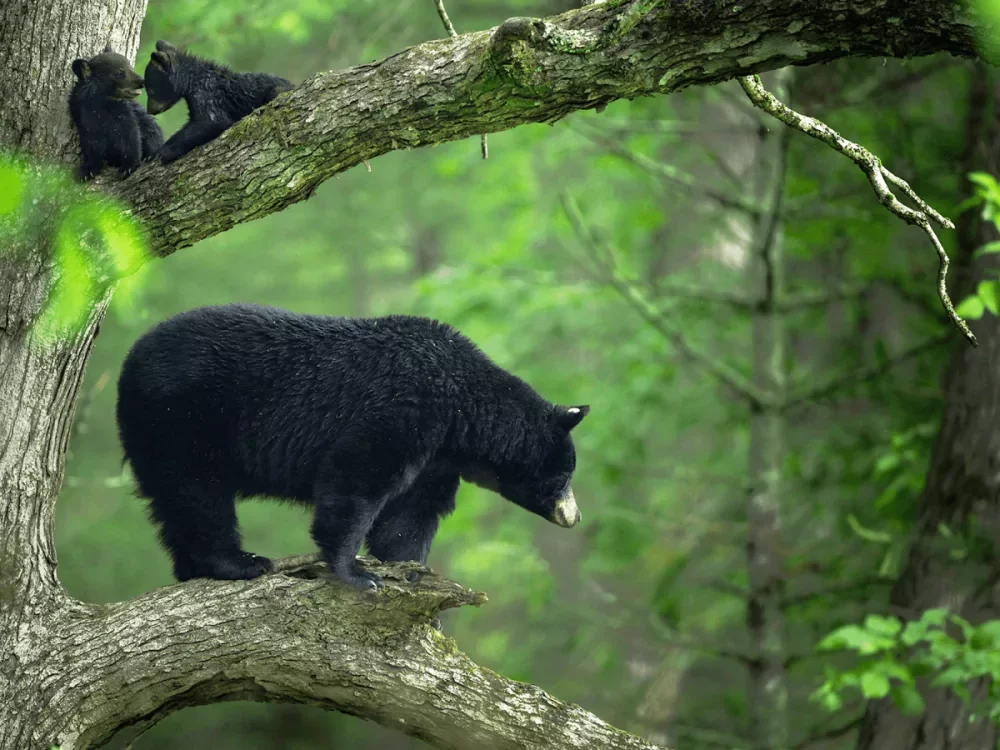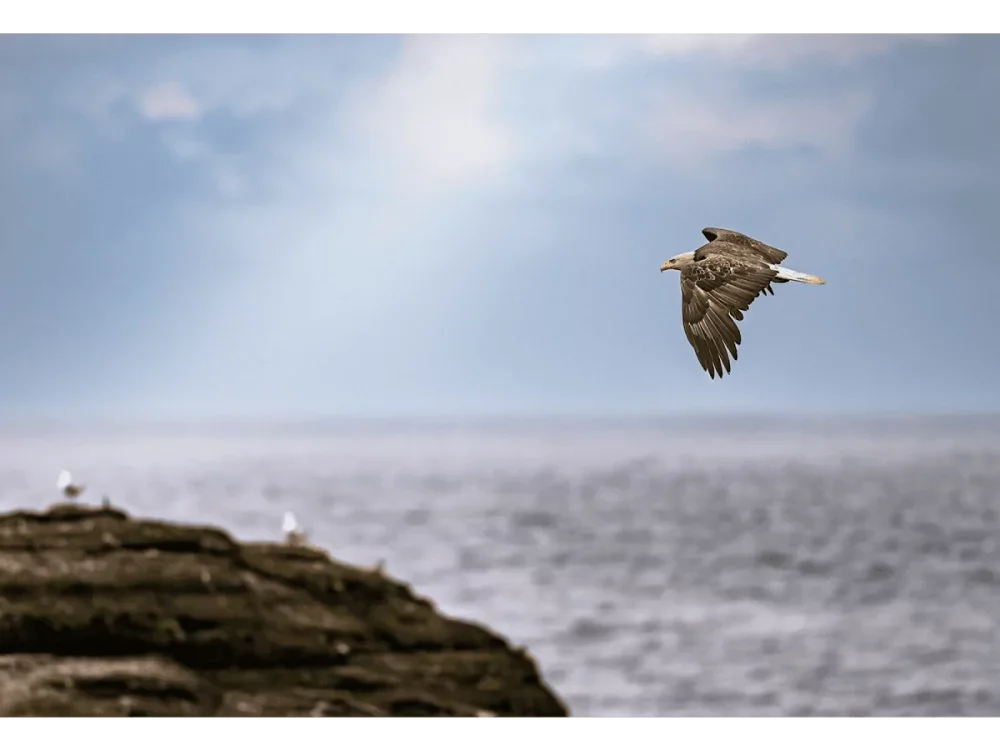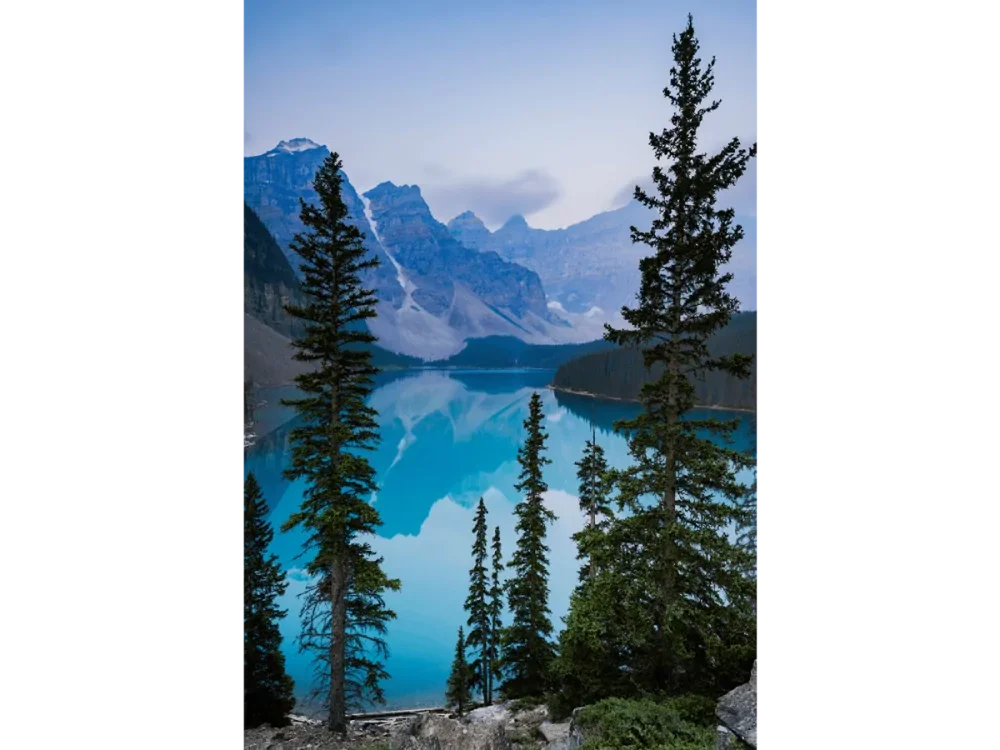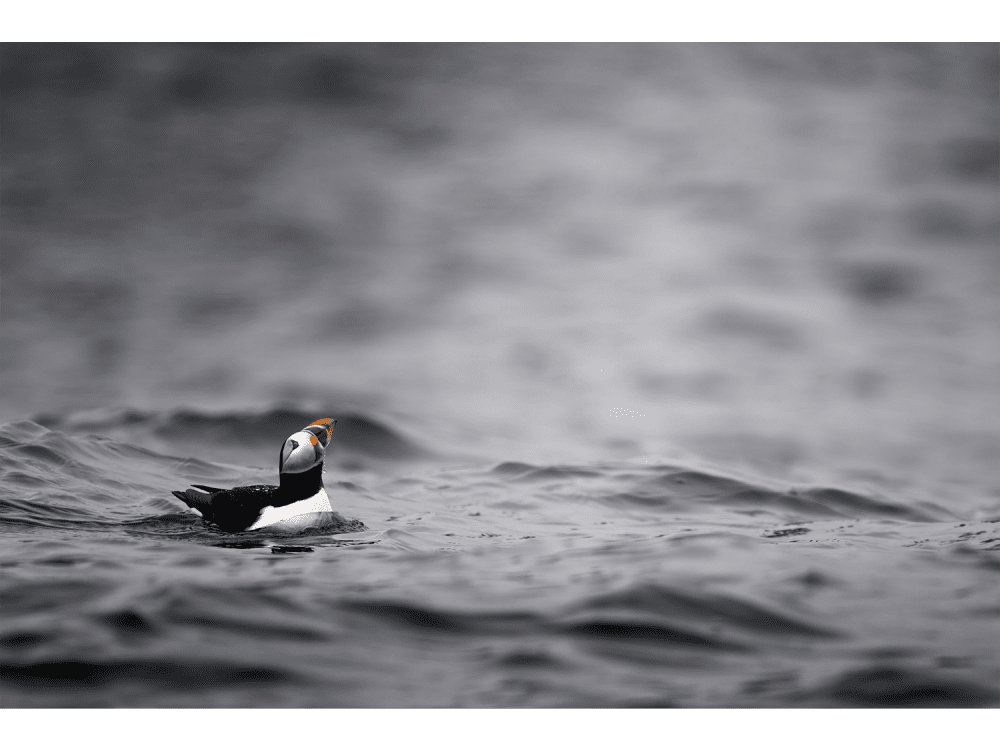Glacier National Park Photography & Wildlife
Photographing the Wonders and Wildlife of an Iconic National Park
Introduction
Nestled in the pristine wilderness of Montana's Rocky Mountains, Glacier National Park stands as a testament to both the majesty of nature and the enduring legacy of wildlife conservation. As one of America's most treasured national parks, its storied history is as breathtaking as its rugged landscapes. In this article, I will dive into some of that history and provide an overview of the incredible wildlife and best places to experience and photograph.
Brief overview of Glacier National Park
Glacier National Park covers approximately 1.3 million acres in the northern Rocky Mountains, straddling the border with Canada. It shares a border with Canada's Waterton Lakes National Park, and together, they form the Waterton-Glacier International Peace Park, a UNESCO World Heritage Site.
The park is renowned for breathtaking landscapes, including over 700 lakes, numerous waterfalls, and over 1,000 species of plants. It is often called the "Crown of the Continent" due to its position at the headwaters of major North American rivers, and it serves as a critical link in the continent's ecosystem.
Historically, the park was known for its glaciers, but many have been receding due to climate change. Nevertheless, some glaciers can still be found within the park, contributing to its remarkable alpine scenery.
Glacier is home to a diverse array of wildlife, including grizzly bears, black bears, bighorn sheep, moose, and its iconic mountain goats which are considered a sort of mascot for the park.
History of Glacier National Park
Long before Glacier National Park became a protected area, it was home to indigenous peoples, including the Blackfeet, Salish, and Kootenai tribes. These tribes had deep cultural and spiritual connections to the land, which they considered sacred.
The first recorded exploration of the Glacier region by Europeans was led by fur trappers and explorers in the early 19th century. In the late 19th and early 20th centuries, the construction of the Great Northern Railway played a pivotal role in the park's history. Railroad magnate James J. Hill recognized the tourism potential of the area and actively promoted it as a destination for travelers.
On May 11, 1910, President William Howard Taft signed a bill into law, officially establishing Glacier National Park, making it the country's 10th national park. The establishment of the park was driven by the desire to protect its glaciers and unique ecosystems.
How Many Glaciers Are in Glacier National Park?
In 1900, there were estimated to be around 150 glaciers within the boundaries of Glacier National Park. However, by 2015, there were only around 26 glaciers large enough to still be classified as active glaciers.
Glacier National Park Map
Glacier National Park is located in Montana near north western edge of the state. On the western side, the town of Columbia Falls makes a great home base for exploring the park and many rental options, restaurants and groceries available for your stay. The eastern side of the park is much more sparse, but is beautiful, as the abrupt transition from Great Plains to the Rocky Mountains provides incredible views. There are far less options and services available on the eastern side of the park, but is arguably easier access to some of the wildlife areas discussed below.
Glacier National Park Weather
I’ve been fortunate to visit Glacier twice over the past few years. Once in Mid-June and once in Late-August. Summer comes late to the mountains and if you want to ensure the best chance of roads being open, I would recommend later summer (July, August, September). June can be a great month, however when we visited in June, a late season snow dumped over 8 feet of snow on the mountains and closed the going to the sun road into July. Even during the peak of summer, the mornings and evenings can be quite chilly. Dressing in layers is recommended. Below is a chart showing the monthly weather breakdown.
Glacier National Park Wildlife
The park contains many species of wildlife and are a main draw for visitors. My focus of our trip this past August was to photograph mountain goats. As mentioned above, our trip in 2022 did not allow us to visit higher elevations in the park due to a late season snowstorm and I wasn’t able to photograph them.
Wildlife Highlights In Glacier National Park
Mountain Goats - Typically found in the higher elevations and are often seen perched on rocky cliffs, utilizing their impressive climbing abilities.
Grizzly Bears - Glacier is one of the few remaining strongholds for grizzly bears in the contiguous United States. Depending on time of year you can find them in the valleys or high in the mountains
Bighorn Sheep - Found in the rocky terrain, often seen around Logans Pass.
Gray Wolves - Not commonly seen, but they have made a comeback and are sometimes seen in the Polebridge area.
Moose - You will sometimes find them around the lakes and wetlands.
Wolverines - Very elusive and rarely seen. They occupy remote and high elevations
Wildlife Locations
While visiting Glacier National Park, it’s possible to see wildlife almost anywhere within the park. I’m going to cover the four main areas and what sort of animals you may see within. Keep in mind, the National Park Service has changed the policies in recent years and all of these places (except Bowman Lake) require reservations. This was instituted to deal with overcrowding and minimize human impact on the environment.
Going to the Sun Road
Going to the sun road is in many ways an engineering marvel and one of the most spectacular drives in the United States. Entering from the west near Apgar (You can also enter from the east) you will drive the first 10-12 miles along Lake McDonald before beginning your ascent up the continental divide. The northern Montana section of the Rockies are the narrowest within the United States and the road is just under 50 miles long.
As you proceed up Going to the Sun Road, there are wonderful wildlife opportunities around Logan Pass and on the St Mary’s (East) side of the road. There are many wonderful hikes and scenic views along this road and you will find yourself stopping often to take photos. It’s best to do this drive either very early in the morning or late in the afternoon if you’re looking to see wildlife. It’s incredibly packed mid-day and finding places to park to go search for animals can be challenging. Plus, wildlife is normally more active early and late in the day.
Just before coming to Logan’s Pass, is a small pull-off with a boardwalk labeled Mountain Goat Study area on Google Maps. I believe is used by University of Montana in conjunction with the NPS to study their behavior. It’s an excellent place for Mountain Goats and we saw numerous goats there each morning we were in the park.
As you make your way down towards St Mary’s you will come to Piegan Pass. You’ll know this because it’s a very tight turn. This area is often a good place to see Grizzly Bears on Going to the Sun Road. We didn’t see any during our time here and there are other locations within the park that are considered better locations which i’ll discuss below.
Finally, as you come down from the mountains as you drive along St Mary’s, towards the end of the road, you will come along some grassy fields. These are great locations for Fox and Coyotes. I was able to spend some time photographing foxes in these fields and it was a real joy.
Stop and Smell the Flowers
A red fox hunting in the fields along St. Mary’s Lake.
Goat Gallery - Going to Sun Road
Two Medicine Lake Area
Two Medicine Lake area has its own entrance on the east side of the park. Much like Going to Sun and Many Glacier, it requires reservations with NPS in the summer to visit. During our recent trip in August, we didn’t make it to this area because we were not able to get reservations, however i’ve been here before. It has beautiful mountain scenery and you can take a cruise on a boat on the lake. The area has become somewhat known for Moose (which I understand is somewhat recent) as well as Grizzly Bears and Bighorn Sheep.
Many Glacier
The Many Glacier area of Glacier National Park is located on the east side of the park. The entrance is near the small town of Babb. The area also requires reservations in the summer, but is generally less crowded than other parts of the park. It’s also a hot spot for Grizzly Bears and Moose. I was not able to get reservations to go here in August and would like to return to explore this area more. The bears are generally up high in the mountains in late July and August, so it was unlikely we’d see them during our time here.
Polebridge & Bowman Lake area
Bowman lake area (known as the North Fork) contain a number of wildlife species. You’re likely to see Elk and Deer in this area, but it’s also known to have mountain lions, lynx and is the area of the park with known Grey Wolf populations. The area around pole bridge outside of the park entrance has a number of scrub brush field area that can make spotting easier. Bowman lake itself is an amazing lake, particularly for sunrise photos. A word of warning though, the road to bowman lake is very narrow, winding and incredibly rutted. It’s a very challenging drive that you’re definitely going to want a higher clearance, four-wheel drive vehicle to get back to this remote area of the park.
Photo Gear Recommendations
I tend to travel pretty heavy when I go on these trips and even then find that i’m leaving lenses or gear at home that I wish I had due to space constraints. Below are some of the items i’d recommend to bring.
Telephoto Lens(es)
I own both an 800mm and a 400m prime lens and always bring both with me. I typically bring two camera bodies and often have a body attached to each lens while exploring. During my time in Glacier, I found that I was more often shooting with the 800mm. I think having something that can get you around 600mm would be perfect for most of the wildlife I encountered (i’m still waiting on my new 600mm after almost a year…thank you supply chain shortages).
Wide Lens(es)
I will always have my 24-70mm lens on me. It’s my main workhorse for landscapes. This trip I went back and forth on if bring the 14-24 or my 70-200mm. I didn’t have enough room for both. I ended up bring the 14-24, which I often don’t use for landscape shots because I often find it’s too wide. I’m happy I did, because many of my landscape shots were actually shot with this lens at around 18 to 20 mm range.
There were a number of times I wish I had my 70-200mm, it’s one of my favorites for landscapes, but I really didn’t miss it too much. Overall, I would recommend at least having a 24-70mm or something similarly wide (a 20mm prime would have been perfect too).
Supports
I always travel with both my tripod and monopod. They go in my checked luggage. I also bring both my gimbal and ball head in my luggage as well. Some may find that having the monopod as overkill; but if i’m honest I use it almost any time I photograph wildlife. Having a stable base for a long telephoto is so important for sharp images and I find the monopod much easier to lug around while searching for animals. The tripod and ball head are a must for landscapes and are used for all landscape shots. I find setting up the tripod, camera, filters slows me down and forces me to think a little more about composition and lighting. I’m not alway patient, so the slowing down is helpful to be sure i’m capturing strong images. To me, that thoughtfulness is the difference between a snapshot and photograph. On this trip, I did not use the gimbal head at all and could have left it home.
At a minimum, I would recommend bringing a good tripod and ball head.
Accessories
The normal accessories; batteries, chargers, memory cards, readers, laptop, hard drive, etc are always in my bags. For landscapes, I always bring my filter kit which contains circular polarizer, a number of ND filters, Graduated ND Filters and a night sky filter. I also bring both a 1.4x and 2.0x Teleconverter; however on this trip I did not need them. I also always bring a shutter release, however I find more and more that i’m just putting the camera on a timer and forgoing the release. I may start leaving it home too.
Packing for a trip
2 bodies
800mm
400mm
14-24mm
24-70mm
Tripod & Monopod and heads
Teleconverters
Filters
other accessories
Conclusion and Resources
Hopefully you found this post helpful as you plan a your time in Glacier. It’s truly a special place and one of my favorite parks in America.
Resources
NPS Site - https://www.nps.gov/glac/index.htm
Vehicle reservation site - https://www.nps.gov/glac/planyourvisit/vehicle-reservations.htm
VRBO West Glacier -VRBO Site
About Mountain Goats - https://en.wikipedia.org/wiki/Mountain_goat
Fan Favorite Prints >







